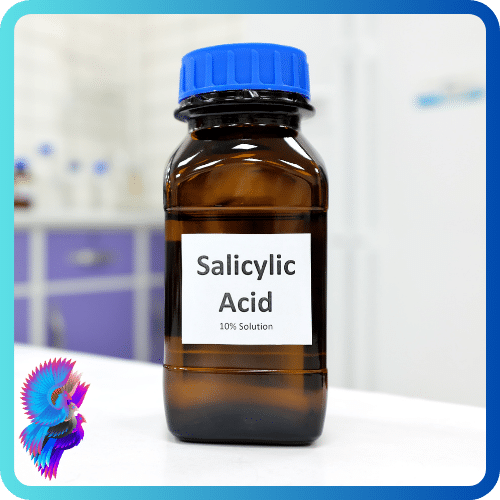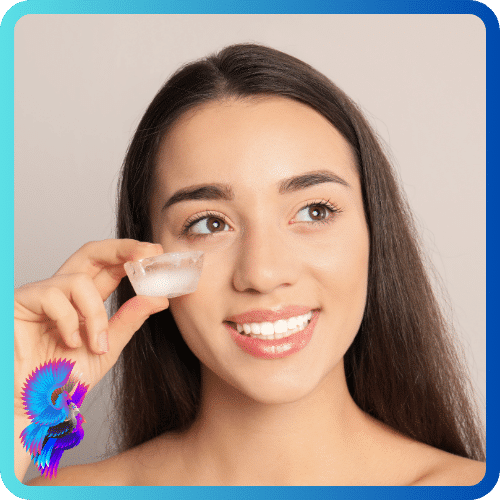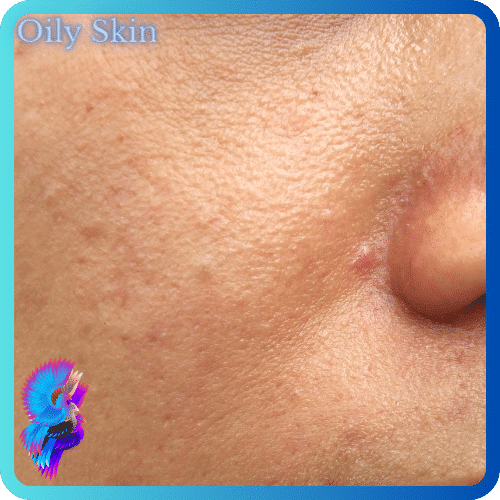Are you looking for a natural and effective way to improve the appearance of your skin?
Do you want to get rid of wrinkles, dark circles, scars, or pigmentation?
If so, you might be interested in nanofat grafting, a new technique that uses your own fat to regenerate your skin.
What is Nanofat grafting?
Nanofat grafting is a minimally invasive procedure that counteracts the signs of ageing by regenerating the skin.
To do this, a specialist will use liquified and filtered fat, which is rich in stem cells, from your own body.
How does it work?
Nanofat grafting involves the removal of fat from the hips or abdomen by using a micro-cannula (an injection device).
The adipose tissue (fat full of stored energy) that has been removed will be centrifuged and purified to become filtered.
Once the fat is filtered and in its desired state for the treatment, it can be injected into the area.
Unlike traditional fat grafting, which uses larger fat particles to provide volume, nanofat uses tiny fat particles that have no viable adipocytes (fat cells).
Instead, nanofat contains a high concentration of adipose-derived stem cells (ADSCs), which are responsible for repairing and renewing the skin.
What are the benefits of nanofat grafting?
Nanofat grafting has many advantages over other cosmetic procedures, such as:
– It uses your fat, which eliminates the risk of allergic reactions or rejection.
– It provides stable and long-lasting results, as the stem cells integrate with your tissue.
– It improves the quality and texture of your skin, by stimulating collagen production and reducing inflammation.
– It treats delicate areas such as wrinkles around the lips, dark circles, the neck, and or neckline.
– It can also be used to fill the nasal grooves, cheekbones, and lips.
– It can also be used to lessen the impact of scarring.
– It is performed under local anesthesia and does not require hospitalization.
Who is a good candidate for nanofat grafting?
Nanofat grafting is suitable for anyone who wants to rejuvenate their skin without undergoing surgery or using synthetic fillers. However, some factors that may affect the outcome of the procedure are:
– The quality and quantity of your fat tissue
– The area and extent of treatment
– Your age and skin condition
– Your expectations and goals
To determine if you are a good candidate for nanofat grafting, you should consult with a qualified plastic surgeon who can evaluate your situation and advise you on the best course of action.
What are the risks and complications of nanofat grafting?
Nanofat grafting is generally considered a safe and well-tolerated procedure.
However, as with any medical intervention, there are some potential risks and complications that you should be aware of, such as:
– Bruising, swelling, redness, or pain at the injection site
– Infection or inflammation
– Uneven or irregular results
– Overcorrection or under-correction
– Fat necrosis (death of fat tissue)
– Nerve damage or numbness
These risks are rare and usually mild and temporary.
To minimize them, you should follow the preoperative and postoperative instructions given by your surgeon.
You should also choose a reputable and experienced surgeon who can perform the procedure safely and effectively.



























